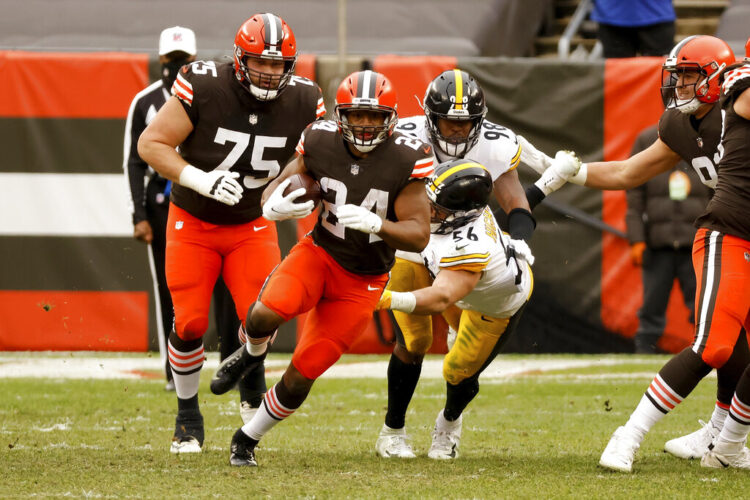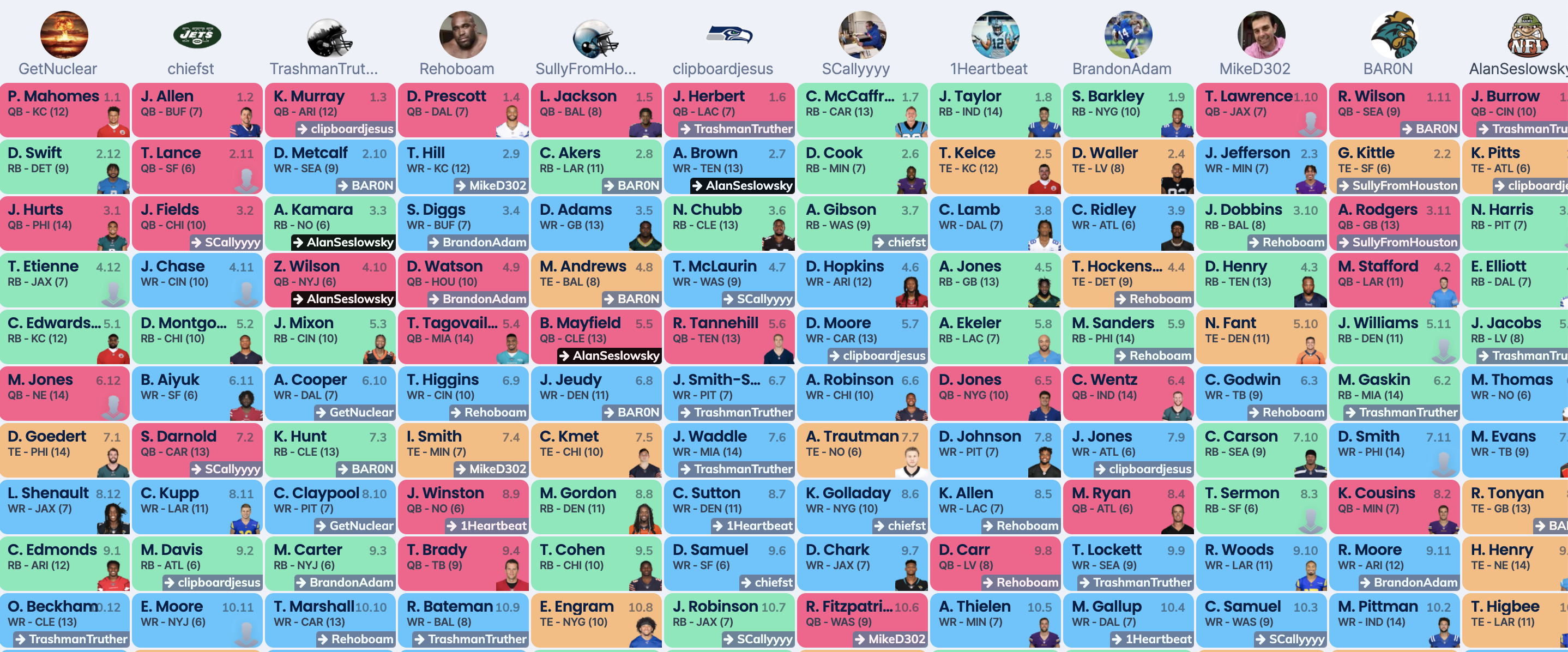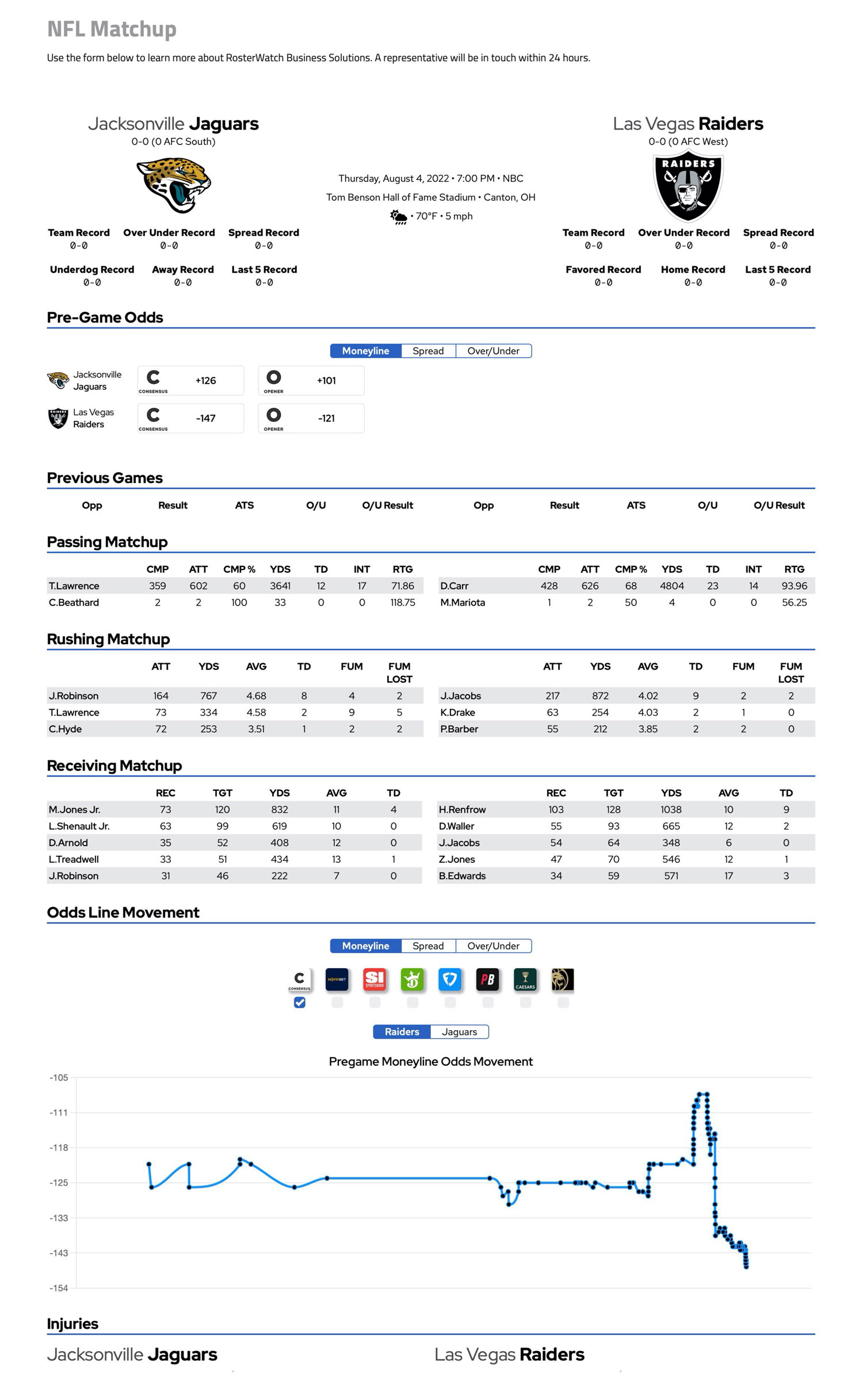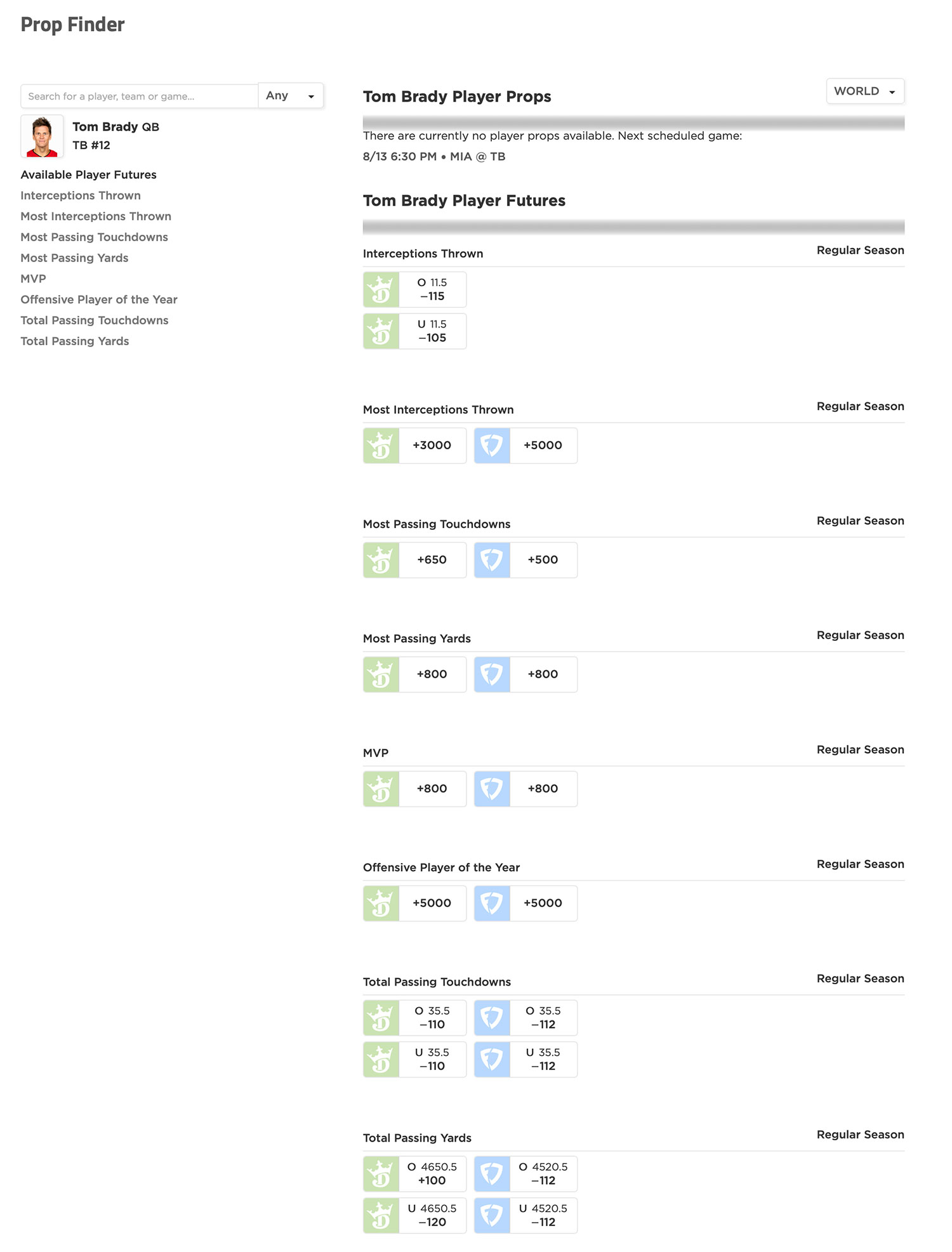
RosterWatch Superflex Dynasty Startup Analysis – Part One
 Dynasty Startup Draft Analysis Part One
Dynasty Startup Draft Analysis Part One
by Alan Seslowsky – Twitter: @Alanseslowsky
Loyal “Pro-Members” of RosterWatch Nation formed a new Superflex dynasty league. Below is a summary of the draft results from rounds one to ten, strategy quotes, and observations from this league. There are meaningful and actionable takeaways to be harvested before you enter into a new dynasty startup this off-season.
Format
Number of Teams: 12
Tiered PPR: RBs = .5 WRs = 1.0 TEs = 1.5
QBs: Superflex
Rookies Included: Yes
TE Premium Specs: 1.5 PPR & Mandatory Start Two
Starting Position Requirements: 1QB, 2RB, 3WR, 2TE, 2 Flex, 1 Superflex 18 Bench
First 10 Rounds of the Draft Board

First 10 Rounds of Dynasty Startup Draft
Key Draft Takeaways Rounds One through Three:
- Nine of the first 12 players drafted are QBs
- Three RBs are drafted in round one
- Aging peak production veterans (age 28+) fall down the board
- WR1 production available in rounds 3-5
- Rookie Kyle Pitts is TE1
- Tight Ends get pushed significantly above ADP at every turn
- Depth players are undervalued
SuperFlex Draft Strategy Quotes:
In leagues that require deep starting rosters positions, including two quarterbacks, it is important to have a sound (flexible) strategy entering the draft. Experienced fantasy gamers are able to pivot off their strategy as the market of that particular draft evolves.
RosterWatch: What was your strategy coming into this draft?
Mike D: Follow the value, regardless of position. I drafted two TEs before I had my RB2.
Brandon Adam: I was not leaving the first couple of rounds without an elite TE because of scarcity.
Shane Seeley: I was comfortable being weaker at TE and WR. I prioritized QB and RB.
Rounds 1-3 Summary
Best Pick: Team ClipBoard Jesus (RosterWatch Pro Member)
Nick Chubb at 3.6, RB8
Nick Chubb is in the conversation for the best pure runner in the NFL. He falls out of the top five RB picks mostly due to the presence of Kareem Hunt. The perception is that Hunt caps Chubb’s pass catching upside. In this format where RBs are getting a half point per reception; Chubb becomes a value outside of the top 15 picks.
Riskiest Pick: Team ChiefST (Friend of RosterWatch)
Trey Lance at 2.11, QB10
Trey Lance’s upside is easy to see. The 49ers paid a hefty premium to move up and draft the running QB. Lance in the late second round is a worthy gamble but one filled with uncertainty. QBs that were drafted shortly after Lance were Aaron Rodgers, Deshaun Watson, Mathew Stafford, and Jalen Hurts.
Value Pick: Brandon Adam (RosterWatch Pro Member)
Calvin Ridley at 3.9, WR8
The RosterWatch dynasty startup rankings slot Ridley as the WR5. Drafting Ridley below his ADP represents the best value of the first three rounds. Ridley faired well with or without Julio Jones in 2020.
Reacting To The Unexpected
Sharp fantasy players understand how to react when the market of a draft room changes. Being able to spot “runs” or tier breaks represents an advantage in the heat of your draft.
RosterWatch: What surprised you during the draft?
Alan Seslowsky: The high volume of draft pick trading. I had to focus on each team’s roster build in order to properly gauge positional scarcity.
Brandon Adam: The inflated QB market. The thirst to secure QBs with murky multi-year outlooks caused RB, WR, and TEs to fall down the board.
Mike D: Teams that traded down three rounds at a time early in the draft. Passing on elite players in exchange for depth represents too much risk in my judgment.
Shane Seeley: Non-optimal value trades. Teams were trading up, not putting enough value on the depth required in this format.
Look for part two of the RosterWatch Superflex Dynasty Startup Draft Summary in the RosterWatch “Ticker.” We will break down the middle and late-round picks, strategies, and actionable takeaways.







